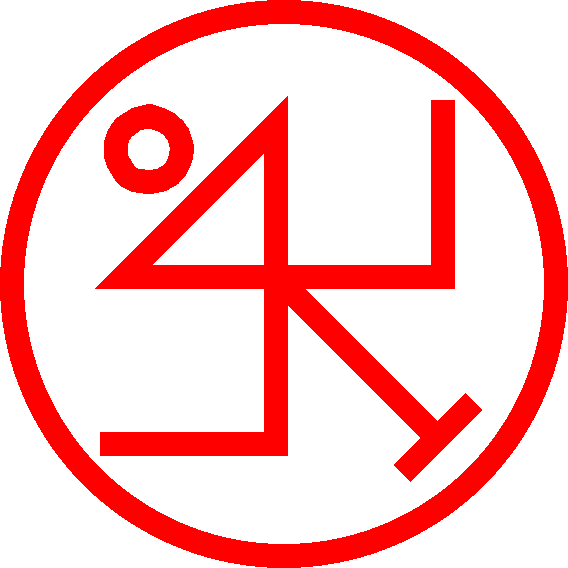[« Phonemes] [Contents] [Biliterals »]
Notes
The uniliteral signs represent the consonant (and semivowel) phonemes of Egyptian. They are not technically an alphabet, but are often loosely called the “Egyptian alphabet”.
A few sounds (w, m, n, g) can be represented by several glyphs; the one on the left in those pairs is the more common one.
The order of the table below is the standard order used in Egyptology texts, including hieroglyphic dictionaries. The last column is the code for that glyph (or glyphs) in Gardiner’s classification of hieroglyphs.
For details about objects and living species represented, see Sign List.
| Hieroglyph | Transiliteration | Depicts | Gardiner |
|---|---|---|---|
| 𓄿 | ꜣ | Egyptian vulture | G1 |
| 𓇋 | j | Reed | M17 |
| 𓏭 | j | Two diagonal strokes | Z4 |
| 𓇌 | y | Two reeds | M17A |
| 𓂝 | ꜥ | Arm | D36 |
| 𓅱 𓏲 | w | Quail chick; coil of rope | G43, Z7 |
| 𓃀 | b | Foot | D58 |
| 𓊪 | p | Stool or mat | Q3 |
| 𓆑 | f | Horned viper | I9 |
| 𓅓 𓐝 | m | Owl | G17, Aa15 |
| 𓈖 𓋔 | n | Ripple; the Red Crown | N35, S3 |
| 𓂋 | r | Mouth | D21 |
| 𓉔 | h | Shelter made of reeds | O4 |
| 𓎛 | ḥ | Twisted rope or string for wick | V28 |
| 𓐍 | ḫ | Uncertain | Aa1 |
| 𓄡 | ẖ | Belly of animal | F32 |
| 𓊃 | z | Door bolt | O34 |
| 𓋴 | s | Folded cloth | S29 |
| 𓈙 | š | Pool | N37 |
| 𓈎 | q | Hillside | N29 |
| 𓎡 | k | Basket with handle | V31 |
| 𓎼 𓎤 | g | Jar-stand; linen bag | W11, V33 |
| 𓏏 | t | Loaf of bread | X1 |
| 𓍿 | ṯ | Tethering rope | V13 |
| 𓂧 | d | Hand | D46 |
| 𓆓 | ḏ | Cobra | I10 |
[« Phonemes] [Contents] [Biliterals »]
